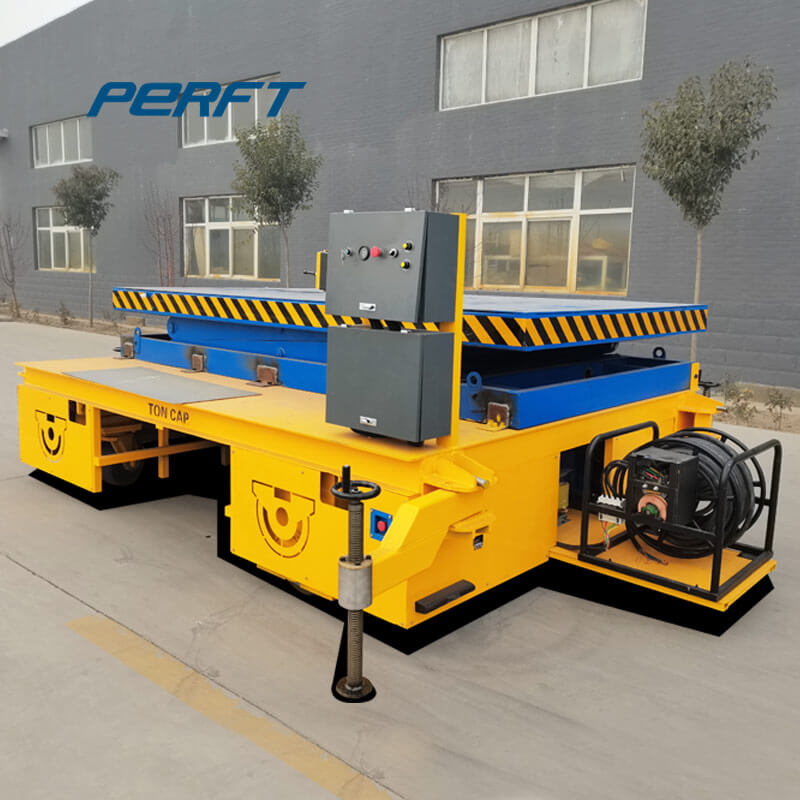
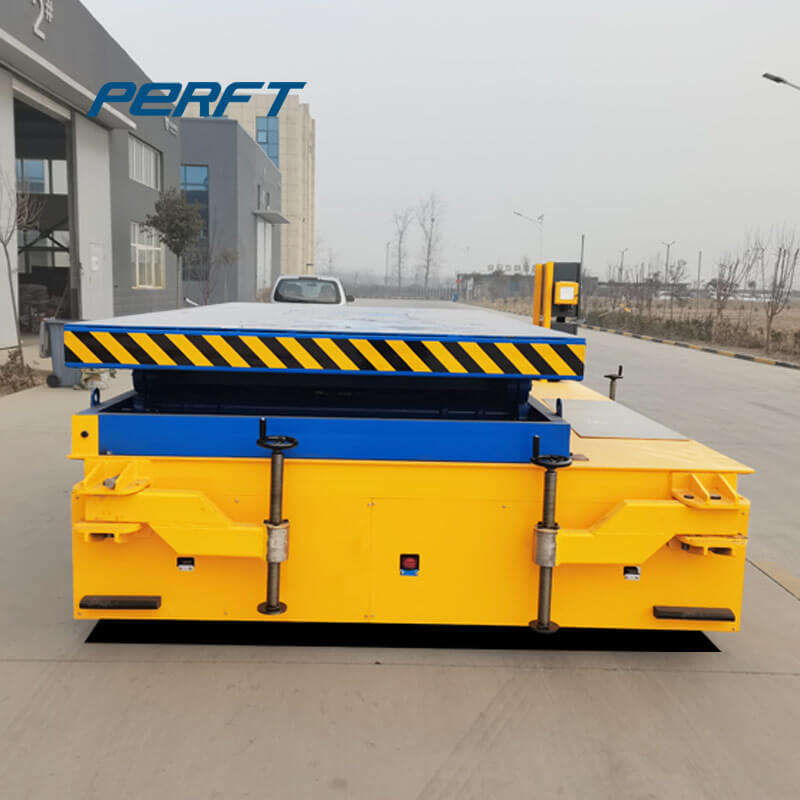
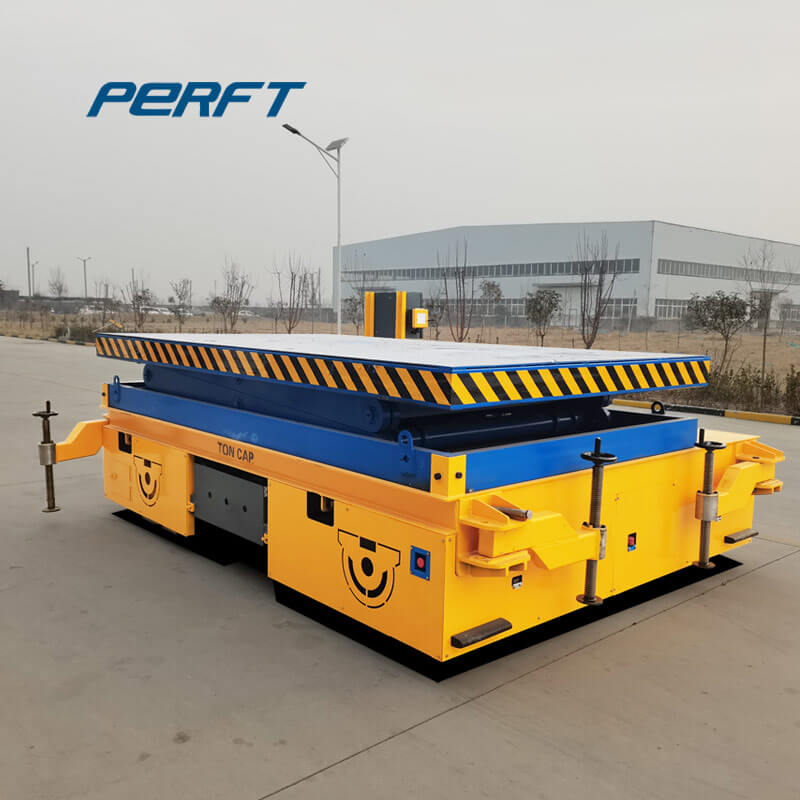






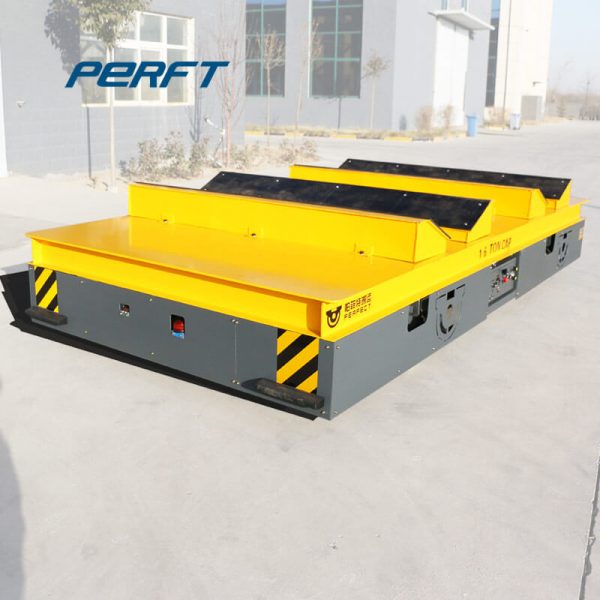
The heavy-duty battery-powered transfer vehicle is composed of batteries and is the power source for a series of flatbed vehicles. It powers the flatbed truck. The direct current flows into the distribution box and supplies the distribution box to the operating system and the motor.
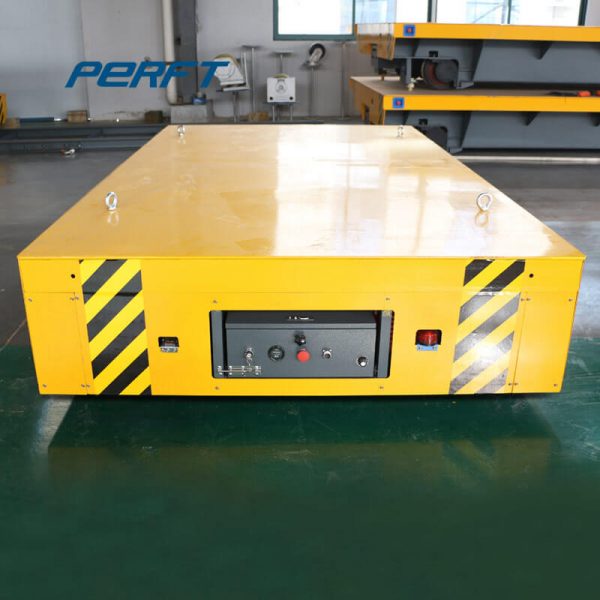
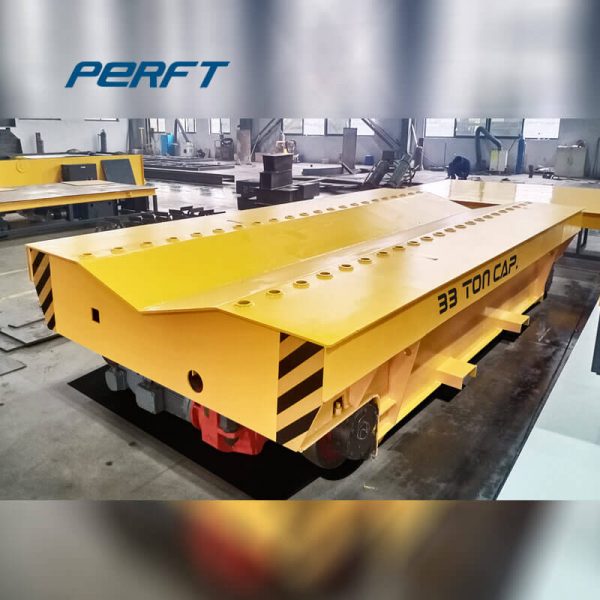
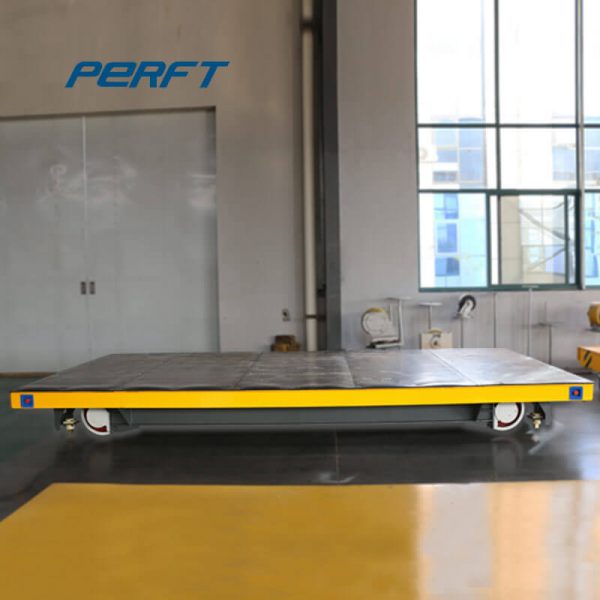
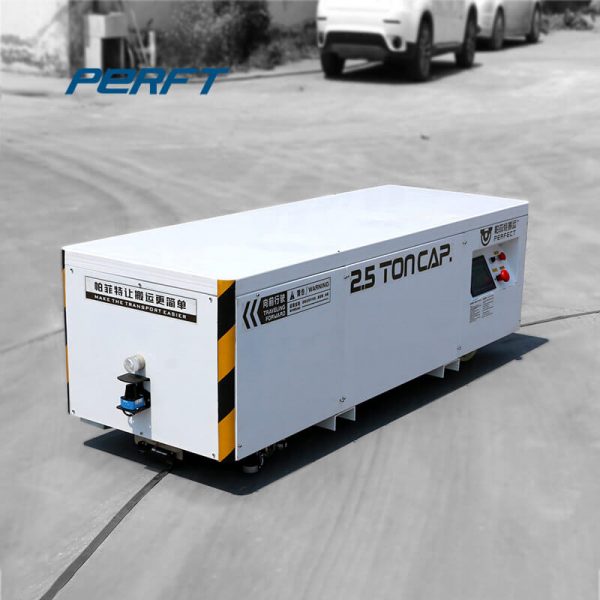
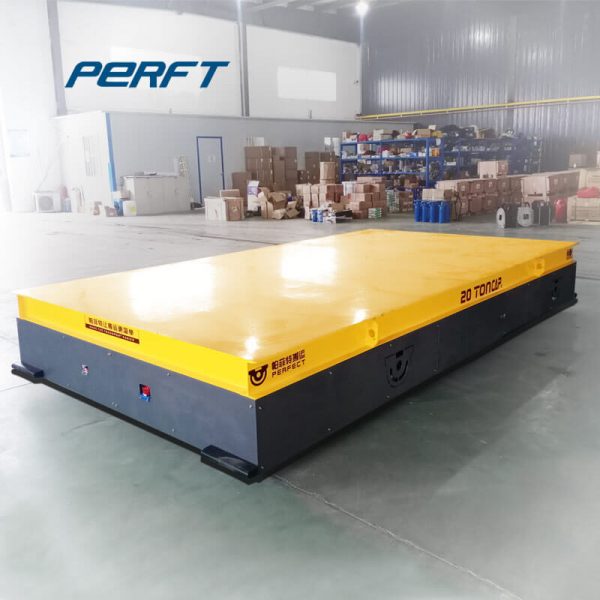
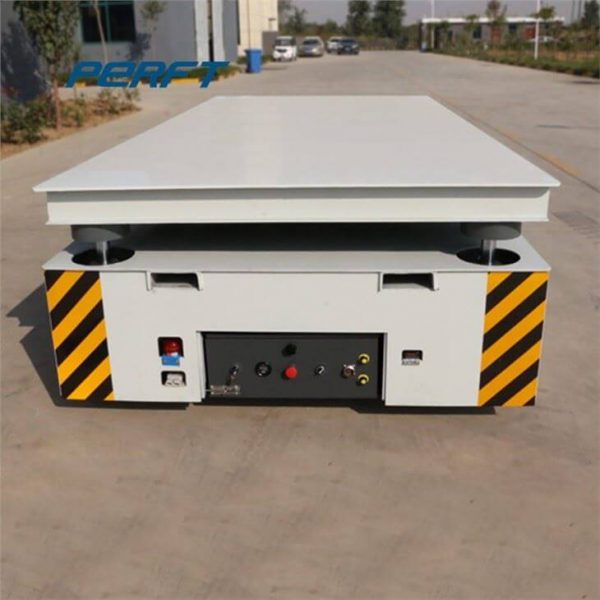
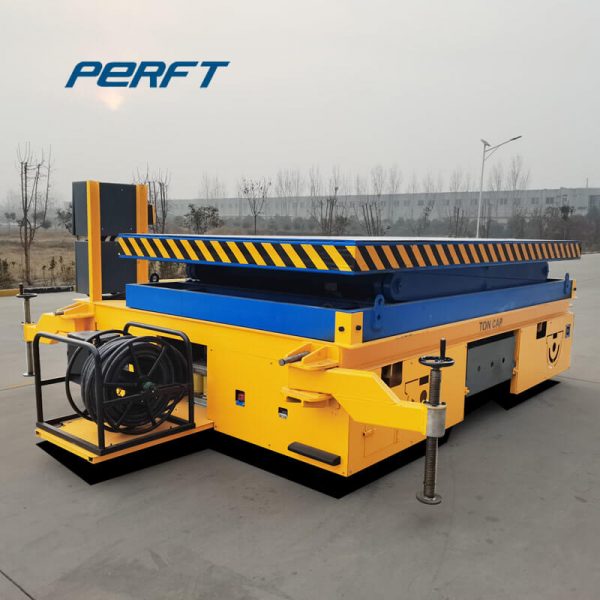
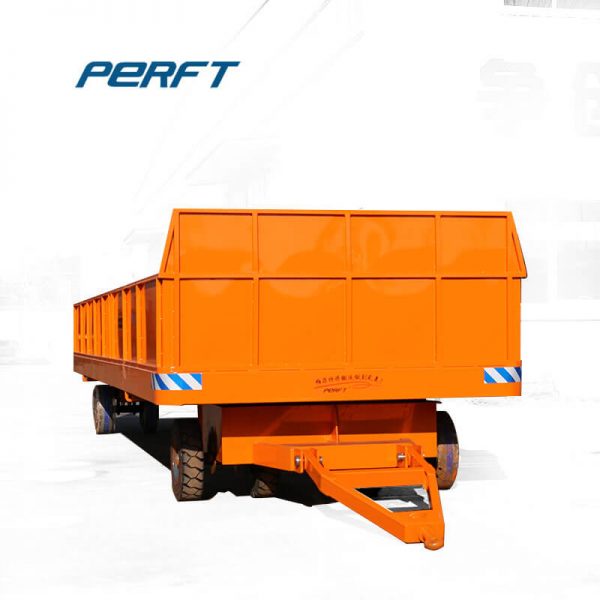
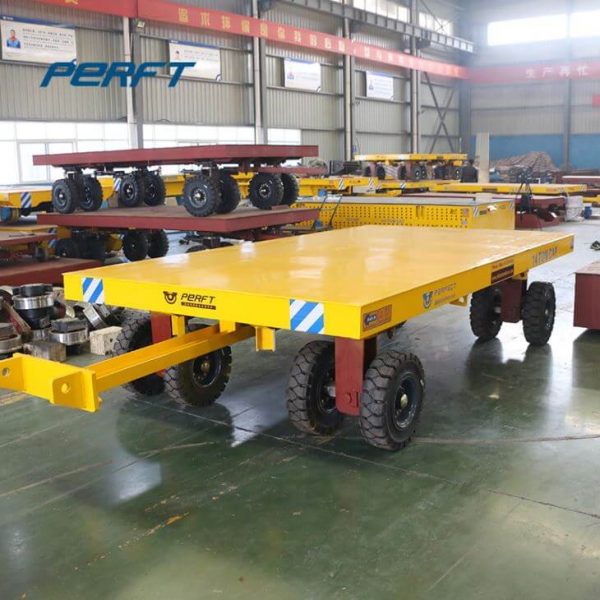
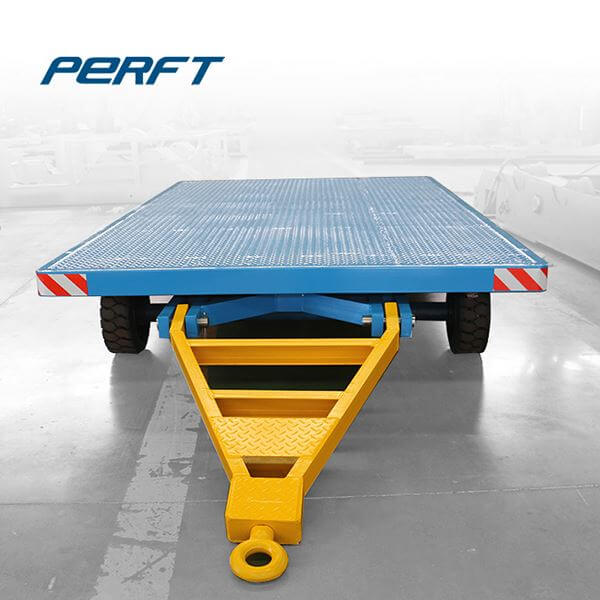
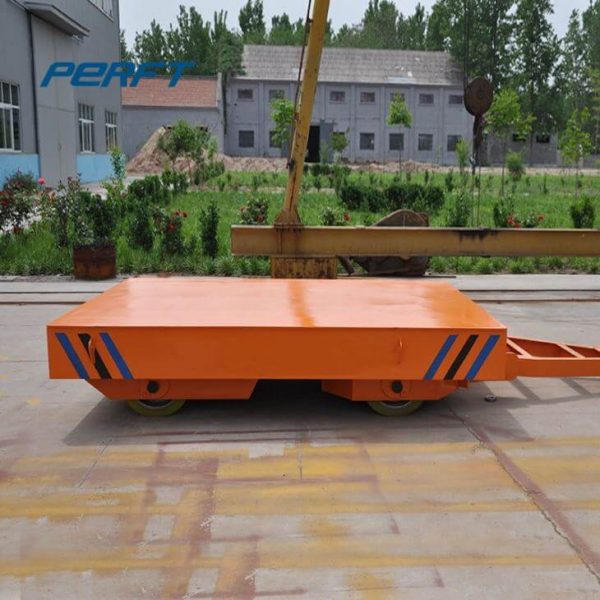
For each ton they carry, long-distance trucks go about 150 miles on a gallon of diesel fuel. Trains can move a ton more than 400 miles per gallon. Shifting from road to rail 500 million tons of the freight passing through or to the Midwest would make aPerfect dent in
Freight Components. Amsted Rail provides system solutions that begin with the “Core Component Interaction” of castings, bearings, axles, wheels, and brakes from all of our railroad products divisions. This enables our customers to decide which railcar design they need and which Amsted Rail Engineered System Solution is best.
Shipping by Rail and Intermodal is efficient, reliable, cost effective & environmentally friendly. CN is your complete transportation and logistics solution. Our 20,000-mile network spans Canada and Mid-America, connecting three coasts: the Atlantic, the Pacific and
Used Coil Cars for sale from Revolvator, Braner, and Loopco. Find suppliers near you at the world's leading directory for surplus machinery and equipment. 20,000# B&K Coil Car---Entry Coil Car---Above Floor "L" Type Design---Platform Width: 36" Wide---Coil O.D
3/4/2019 · Also notable is that European axle weights are limited to 20 to 23 metric tons. In contrast, U.S., Canadian and Mexican rail freight is moved in cars (freight wagons) at typically 30, 33 and even 35 metric tons per axle. Most freight wagons in both Europe and in North America operate with four axles sets. The length of a freight train is also
Open coil cars carry coiled product that does not require protection from the elements. Cross members (Callahan bars) 6 per car are 19" wide and 79 1/2" long. The 100-ton coil car can accommodate a variety of coil sizes in the same load, from 30" to 84".
8/7/2020 · Rail is a cost-effective and efficient way to move almost any freight in the United States, which benefits both producers and consumers. Each American requires the movement of approximately 54 tons of freight per year. Goods people use or components of the goods people use arePerfectly shipped by rail
16/9/2020 · Rail freight is much faster than the ocean freight. It is more expensive than sea freight but cheaper than air freight. Moving goods by train is perfect for high-value industrial products such as vehicles, electronics and computer equipment, as well as promotional equipment that must reach their final destination as quickly as possible.
Coil Transfer Car is a mechanical-specific coil transport equipment cart in the factory. used for steel coil, aluminum foil, paper roll coil cargo transporta
9/12/2020 · Standard, no-frills flat cars are the oldest types of rail cars. These are just big, flat platform cars that can carry anything from pipe, rail, and steel beams to tractors and military vehicles.
8 Ownership of U.S. freight rail cars in service, 2004–09 .. 28 9 Rolling stock: Age distribution and percentage of Amtrak rail car fleet, December 2009 ..
Rail freight transport is the use of railroads and trains to transport cargo as opposed to human passengers. A freight train, cargo train, or goods train is a group of freight cars (US) or goods wagons (International Union of Railways) hauled by one or more locomotives on a railway, transporting cargo all or some of the way between the shipper and the intended destination as part of the
Open coil cars carry coiled product that does not require protection from the elements. Cross members (Callahan bars) 6 per car are 19" wide and 79 1/2" long. The 100-ton coil car can accommodate a variety of coil sizes in the same load, from 30" to 84".
As a railroad conductor myself, who primarily works with hauling unit coal trains for a living, I can state that each coal hopper car, when loaded with coal, contains approximately 100 tons of coal per car. Furthermore, a typical coal unit train o
Average annual U.S. grain production from 2008 to 2017 was 569 million tons. Freight railroads play a critical role transporting that grain here and abroad. The top states for rail originations are Illinois, Minnesota, Nebraska, and North Dakota. The top states for rail